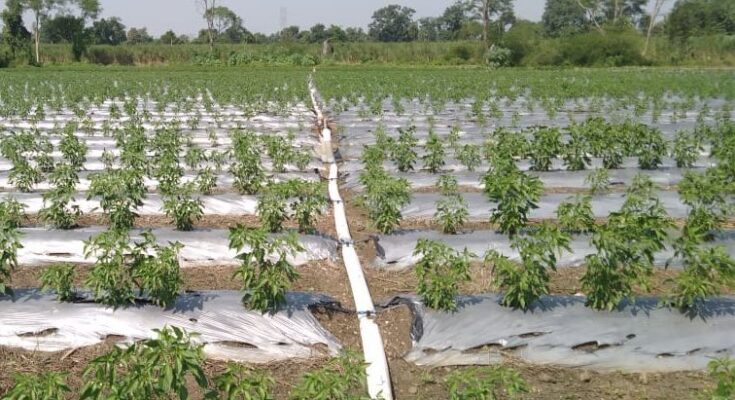Agriculture and allied activities employ more than 50 percent of the workforce and yet remain largely unorganised and fragmented. Even after showing the silver lining during the gruelling economic slowdown induced by an unforeseen pandemic, the Indian agribusiness is not flourishing to its full capacity. Lack of knowledge about the advantages of modern and scientific agricultural practices, and depleting natural resources, are adding to the distress in the sector. The Government of India has taken multiple measures to bring radical and profound changes to the sector, but the reality remains that change is coming at a much slower rate than required, especially when it comes to farmers receiving adequate credit. Agriculture requires substantial capital commitment, as procurement of equipment remains a major spend for most farmers, but most of the agricultural credit extended to farmers is of a working capital nature (in for of Kisan Credit Cards). The forthcoming budget thus is an opportunity to address the farmers’ existing challenges and can offer a strategic intervention for sustainable growth of the sector.
Inclusion of NBFCs for interest subsidy on agriculture loans
For enabling Agri-NBFCs to emerge as a significant contributor in financing the entire value chain of agriculture, the budget should ensure that Agri-NBFCs are included in the major Government subsidy schemes and programmes, a benefit hitherto available only to the Banks. This will bring about certainty and predictability in the business of rural lending and make the system transparent in terms of policy implementation. Additionally, customer benefits will also significantly increase. The government statistics suggest that more than 85 percent of the farmers are small and marginal with below 2 ha of land have lesser than 30 percent access to formal credit. To ease the access of credit and support the government’s ambition of financial inclusion, Agri-NBFCs has played a pivotal role by offering access to financing at attractive and competitive commercial terms for farming equipment and machinery. However, these NBFCs have traditionally been excluded from the purview of government subsidy schemes.
Credit Guarantee Scheme for adopting micro-irrigation
Credit guarantees are one of a pool of instruments for risk mitigation and credit enhancement measures. Addressing the inherent volatility in agricultural business, the creation of a credit guarantee corpus, using a blend of structured finance instruments such as subordination and portfolio concertation limits, would address the new and changing needs of Agri-NBFCs. These funds would ensure a greater flow of credit to farmers and will cushion the risks for lenders.
Digitisation of land records
To channelise the financial resources in the farmers’ direction, the operational ease in creation and release of collateral security needs to be ensured. The forthcoming budget should address the digitisation of land records in all states, that can identify and trace the right beneficiaries for Direct Benefit Transfers (DBTs). While this process of digitisation has begun in many states, it continues to dawdle in quite a lot of others. In some states, the online facility of charge-creation and charge-release is available for banks, but not for the NBFCs.
Streamlining rating system
The rate cuts made by the RBI do not always ensure lower borrowing costs for NBFCs. The existing rating system discounts Agri-NBFCs which do not fit size-related parameters. Knowing the volatility of the borrower’s business, these NBFCs follow a different pattern of coefficients than the ones servicing housing or consumer portfolios. The policy-makers should consider the risk associated with Agri-NBFCs and formulate a guideline for banks to deploy funds at a lower cost. A differentiated rating system that considers the capital adequacy ratio of Agri-NBFCs, underwriting system, profitability and other parameters would go a long way to close the disparity in funding.
(Views expressed in the article are author’s own.)
 Agriculture Post is now on Telegram. Click here to join our channel and stay updated with the latest news and updates on agriculture.
Agriculture Post is now on Telegram. Click here to join our channel and stay updated with the latest news and updates on agriculture.




